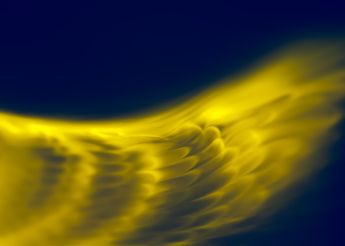Peter Kerekes. The security checks we passed through to enter the prison were fairly relaxed and we were able to move about the facility relatively freely. Mobile phones were prohibited, as were alcohol and drugs, however, I found this to be a blessing, rather than a limitation, as everyone was focused on making the film.
We had to adapt our shooting schedule to fit with that of the prison and we were permitted to film between 7am and 7pm. We had to obtain special permission to shoot night scenes. As such, filming lasted about 12 hours a day, which is quite unusual for us, as we are used to shooting for 16 to 18 hours a day. This meant that filming took place over a longer period, which came at a significant extra cost. To compensate for the increased shooting costs, I had to opt for cheaper, lower quality filming equipment. The lower video quality meant that we were heavily reliant on the weather; sometimes we had to wait to film when the sun came out or when it was cloudy. While we were waiting to film, the prisoners were also waiting. Paradoxically, these indefinite delays spent smoking and chatting in the yard were what contributed most to the making of the film. They allowed us to spend more time with the prisoners, to hear their stories and build friendships with them.
The film lies between documentary and fiction. If we had chosen to produce a documentary, we would have been outsiders in the prison, which would have limited us to observing and capturing the lives of incarcerated women in Odessa. The fictional element of the film enabled collaboration between director and subject: we worked with the prisoners to create the image of the prison. A documentary would have likely resulted in an overly positive depiction of the prison, rather than one representative of real life. The veil of fiction allowed the prisoners to express their hopes and fears more freely, which, in turn, enabled us to document their detention conditions more effectively.






